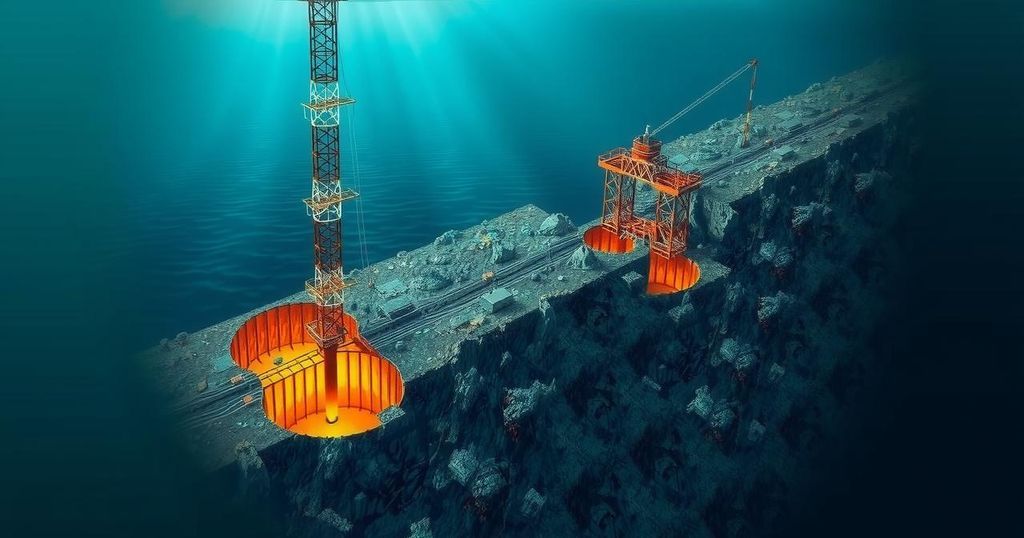The devastation caused by the 2011 Tohoku-Oki earthquake provoked critical inquiries into subduction zone mechanics. IODP Expedition 405’s drilling in 2024 aims to explore the hydraulic properties of the Japan Trench fault. Initial findings suggest fault healing processes that may impact future seismic activity, providing essential insights for tsunami-earthquake preparedness.
The 2011 Tohoku-Oki earthquake, registering a magnitude of 9.0, unleashed devastating consequences along the northeast coast of Japan, causing significant tsunami waves reaching heights of approximately 40 meters. This catastrophic event stemmed from an unexpected fault slip of up to 50 meters along the subduction boundary, underscoring the inadequacies in understanding the mechanics behind subduction zone earthquakes. Recent theories propose that post-earthquake, high-pressure fluids may become confined along the fault lines, potentially enhancing fault slip due to lubrication. In autumn 2024, the International Ocean Discovery Program (IODP) Expedition 405 set out to drill into the Japan Trench’s subduction boundary fault, aiming to investigate the hydraulic conditions of the fault years after the Tohoku earthquake. Preliminary findings suggest that the fault rocks, previously damaged during the earthquake, could have reformed, consequently inhibiting further fluid movement along the fault. This phenomenon, known as fault healing, could potentially accumulate mechanical energy that may culminate in future seismic events. These developments will yield critical insights into the role of fluids in enhancing fault rigidity and healing throughout the seismic cycle at the Japan Trench, thereby aiding preparedness for subsequent tsunami-related earthquakes.
The study of subduction zone earthquakes has gained prominence following the Tohoku-Oki earthquake, which highlighted significant gaps in earthquake prediction and understanding of fault dynamics. The nature of fluid movement within faults has emerged as a vital area of research, particularly concerning how high-pressure fluids influence the behavior of faults during seismic events. The Japan Trench exemplifies a critical site for exploring these dynamics, given its history of large earthquakes and tsunamis. Expedition 405 seeks to elucidate these mechanisms through direct investigation of the fault’s hydraulic properties.
In summary, the investigation into the Japan Trench subduction fault provides critical data regarding the interplay between fault mechanics and fluid dynamics. Understanding how hydraulic properties influence fault healing and energy accumulation will be instrumental in improving earthquake and tsunami preparedness. The findings from IODP Expedition 405 will significantly advance our comprehension of subduction zone behavior and more broadly inform strategies for mitigating seismic risks in vulnerable coastal regions.
Original Source: www.nature.com






